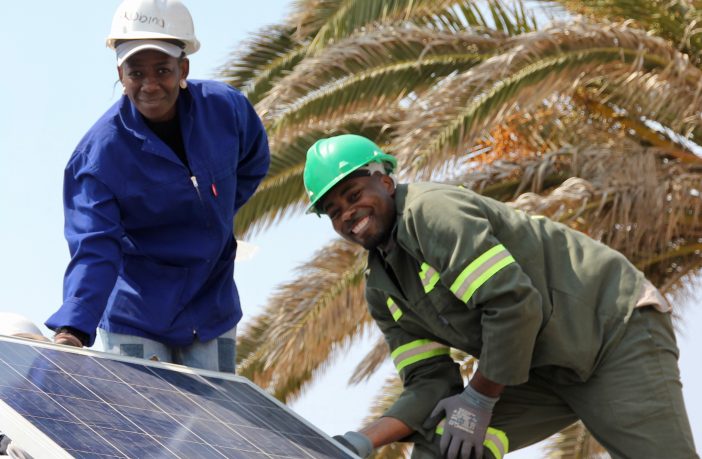
When President Joe Biden signed the Inflation Reduction Act in August 2022, he called it the “largest investment ever” to fight climate change. He also said it would lead to the creation of well-paying union jobs to help “reduce emissions across every sector of our economy.” These jobs are also known as “clean energy jobs,” and the number of these jobs is expected to increase in the coming years as a result of the act’s US$369 billion investment in energy security and climate change.
Although specific to the USA context but applicable globally, Shaun Dougherty, an expert in career and technical education, answers four questions about clean energy jobs, their expected growth and what kind of education a person needs to get one.
1. What is a ‘clean energy’ job?
In general, the term applies to any job that is related to producing goods and delivering services focused on conserving or protecting natural resources, or reducing their use.
So, there are jobs in manufacturing equipment for solar panel and wind turbine components. There are also sales jobs in solar energy – that is, selling solar panels to homeowners and landlords – as well as in installation, maintenance and repair in both the solar and wind industries. There is also growing demand for environmental engineers and scientists, whose jobs include helping to design solar panels and wind turbines and determine where they are placed.
2. How many green jobs will be created in the next few years?
About 9 million clean energy jobs will be created over the next decade, according to an analysis from the Political Economy Research Institute at UMass Amherst.
The federal government has also projected strong growth in clean energy jobs in the coming decade. Many of these jobs are expected expected to be as installers and technicians for both solar and wind energy. For instance, there is a projected 68% increase in wind turbine service technician jobs, and a projected 52% increase in solar panel installation jobs over the next decade. However, the growth in the actual number of such jobs will be relatively small: 4,700 and 6,100, respectively.
There is also a growing need for environmental scientists and specialists, who use their knowledge of science to protect the environment and people’s health. The federal government projects there will be 7,300 new jobs in these fields over the next decade.
3. How much do these jobs pay?
Clean energy jobs pay at least $2 more per hour – or nearly 10% more – than the national average of $23.86 per hour.
Estimates from the Department of Labor show that across occupations, clean energy jobs pay well. For example, solar installers could make about $47,000 per year, wind turbine technicians about $52,000 annually and engineers nearly $100,000.
4. What kind of education do you need to get a green job?
Not a whole lot beyond high school. Solar installation jobs usually require only a high school diploma. Turbine technicians need more advanced training, but that’s usually a certificate that can be earned at a technical or community college. The highest-paying jobs as environmental scientists or engineers, however, require a two- or four-year college degree.
Also, college isn’t the only way to get a clean energy job. You can get a clean energy job through Job Corps, a federal program that works with young people who have had difficulty getting an education or employment. Research shows Job Corps, at least historically, boosts earnings for the young people it serves.
It might be difficult, however, to get the kind of technical education you need from your local high school. It also depends on where you live.
Author: Shaun M. Dougherty, Professor of Education & Policy, Boston College
This article is republished from The Conversation under a Creative Commons license. Read the original article.
















